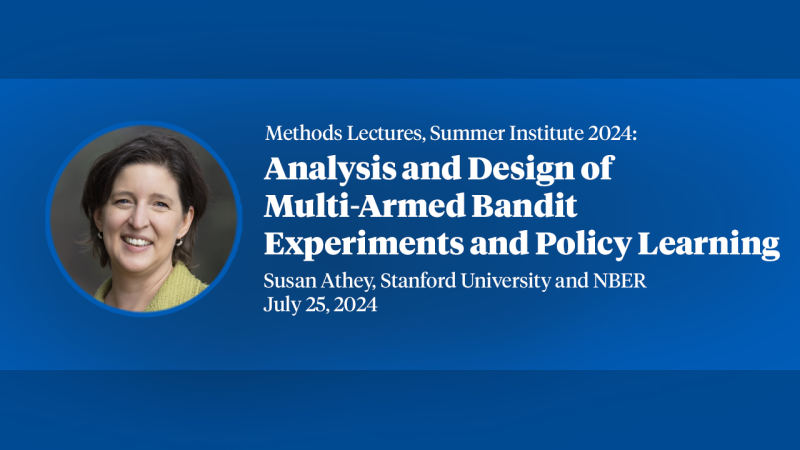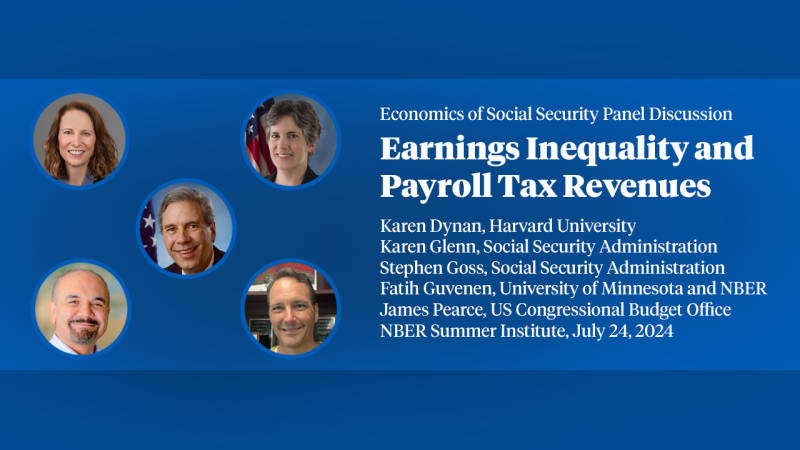Putting School Surveys to the Test
School districts increasingly gauge school quality with surveys that ask about school climate and student engagement. We use data from New York City’s middle and high schools to compare the long-run predictive validity of surveys with that of conventional test score value-added models (VAMs). Our analysis leverages the New York school match, which includes an element of random assignment, to validate a wide range of school quality estimates. We contrast the predictiveness of survey- and test-based measures for school effects on consequential outcomes related to high school graduation and college enrollment. Survey data generate better predictions of school impacts on high school graduation than test scores. But school effects on advanced high school diplomas and college attainment are better predicted by test score VAMs than surveys. We quantify the practical value of test-based and survey-based school quality measures by simulating the effects of access to one or both types of information for parents. Parents interested in boosting their children’s college attainment benefit more from test score value-added than from survey data.


